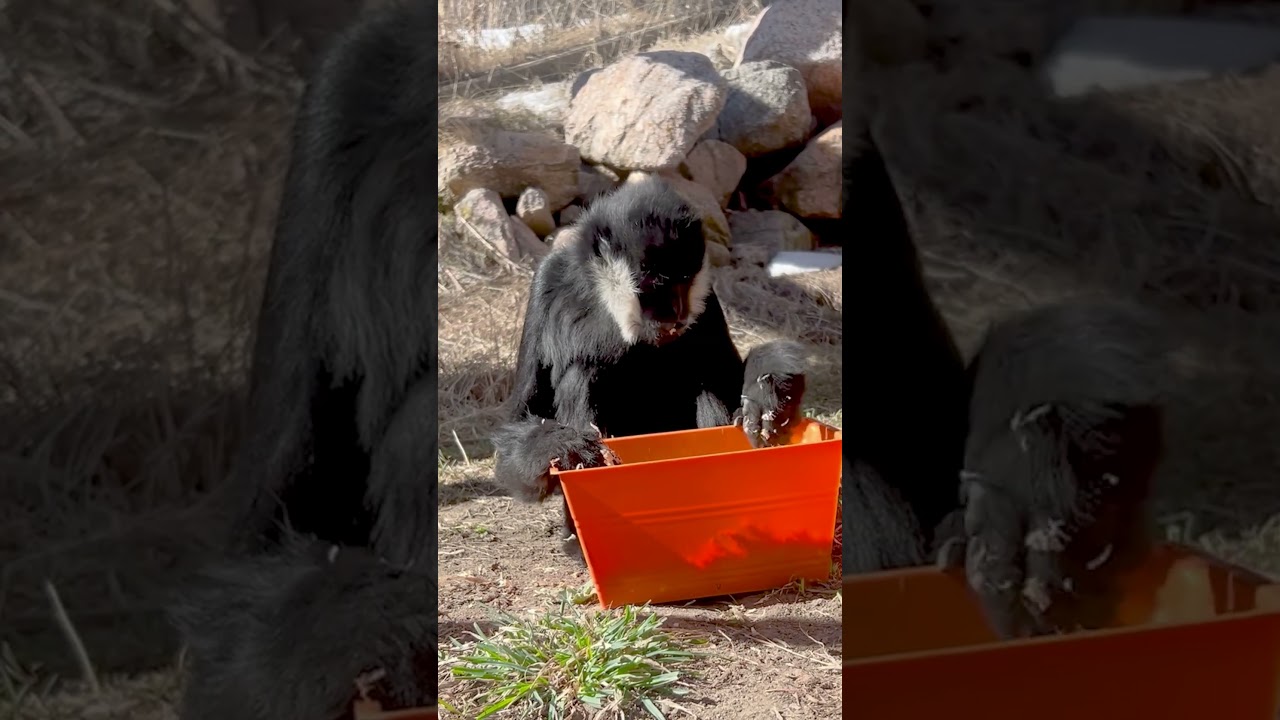– Details on Tahn Linh’s species, habitat, and behavior
– Importance of zoo management and its role in educating the public about wildlife conservation
– The significance of wildlife conservation efforts for Tahn Linh’s species and wider biodiversity
– The role of social media and digital engagement in raising awareness for animal conservation
– How participating in conservation initiatives can lead to positive outcomes for endangered species
Tahn Linh, a species that captivated audiences in a recent #WhatAnimalWednesday featured video, offers an opportunity to explore the wondrous diversity of life on Earth. This species, whose identity is crucial for fostering an appreciation for biodiversity, requires careful attention in zoological settings and benefits immensely from conservation programs to preserve threatened wildlife.
Understanding Tahn Linh begins with recognizing its biological features and natural habitat. An animal known for its distinct physiological traits and ecological role, Tahn Linh belongs to a group that demonstrates remarkable adaptations. The essence of these creatures is shaped through evolutionary processes, allowing them to interact efficiently within their ecosystems. Their habitat, which often covers regions with specific climate conditions and vegetation types, provides the necessary resources for sustenance and reproduction. Research into Tahn Linh’s behavioral patterns reveals insights into their social structures, foraging methods, and survival strategies.
Zoo management is a crucible for the fusion of education and wildlife protection. Zoos serve as living libraries of fauna, allowing visitors to observe animals like Tahn Linh up close. Strategic enclosure design, attentive care, and an emphasis on replicating natural habitats cater to the animals’ physical and psychological needs. Progressive zoo management focuses on establishing breeding programs, participating in scientific research, and fostering public engagement in conservation efforts. By doing so, zoos act as strongholds for preserving species that may be dwindling in the wild.
Wildlife conservation is a pillar of hope for species like Tahn Linh that are facing threats such as habitat loss and climate change. Conservation efforts stretch from in-situ strategies—those taking place in the wild—to ex-situ approaches typified by zoos and sanctuaries. Protective measures include establishing protected areas, enforcing anti-poaching laws, and rehabilitating injured animals. Conservation science also informs us about the genetic health of populations, ensuring diversity is maintained, and human activities do not imperil species survival.
Social media has evolved into a potent instrument for disseminating knowledge and garnering support for animal conservation. Platforms like #WhatAnimalWednesday harness digital communities’ power to spotlight animals like Tahn Linh, sparking curiosity and empathy among millions of users. Such campaigns can increase conservation project funding, boost volunteer efforts, and educate the public on the plights facing non-human species. Through compelling narratives and interactive media, conservation messages reach a broader audience, translating online engagement into real-world action.
Contributions from individuals and organizations to conservation initiatives can precipitate significant improvements in the status of endangered species. Every action, from adopting sustainable practices to supporting eco-tourism, plays a role in this collective endeavor. Public participation leads to political pressure for environmental policies, financial aid for scientific research, and a general raising of consciousness about the interconnectedness of life.
Tahn Linh’s presence, virtually or within the safe confines of a zoo, is a gateway to understanding complex ecological relationships and a beacon that draws attention to the plight of the less visible or lesser-known organisms. Supporting Tahn Linh and its ilk both in captivity and in the wild secures the threads that weave the intricate tapestry of our planet’s biodiversity. Through attentive zoo management, robust conservation efforts, and engaging public outreach, we honor and safeguard the living legacy encapsulated in creatures like Tahn Linh for generations to come.
*****
Source Description
If you guessed Tahn Linh, white-cheeked gibbon, for #WhatAnimalWednesday yesterday, you were correct!
It’s Ape-ril, and that means we’re celebrating #ApeAwarenessMonth! Tahn Linh and female white-cheeked gibbon, Debbie, live together in Primate World at CMZoo. They often communicate by using ‘gurgly’ grunts, squeals, whistles, whoops and hoots. They are especially vocal when doors open for them to access a new space and when they receive fun enrichment.


